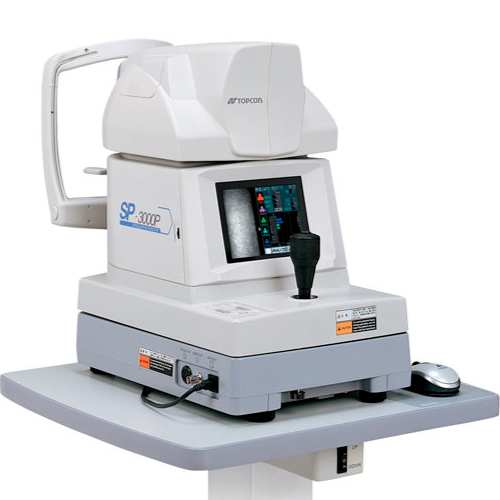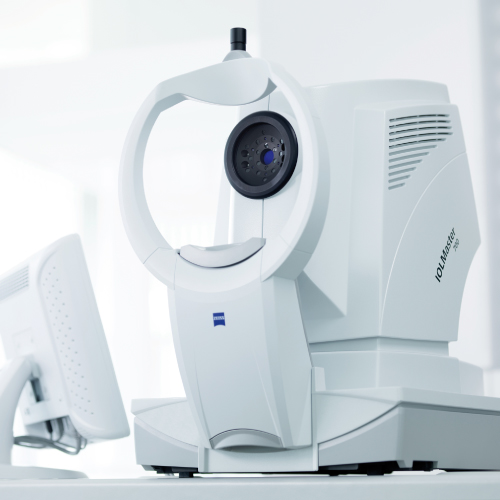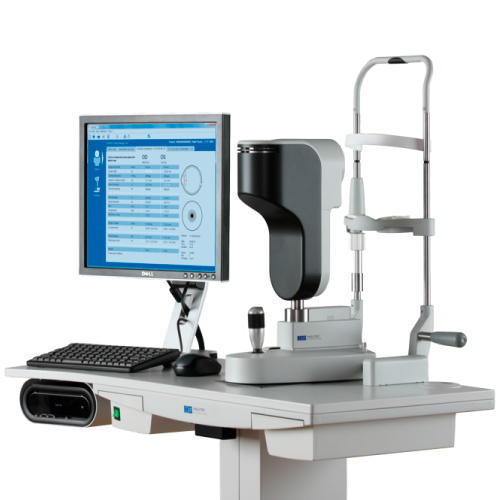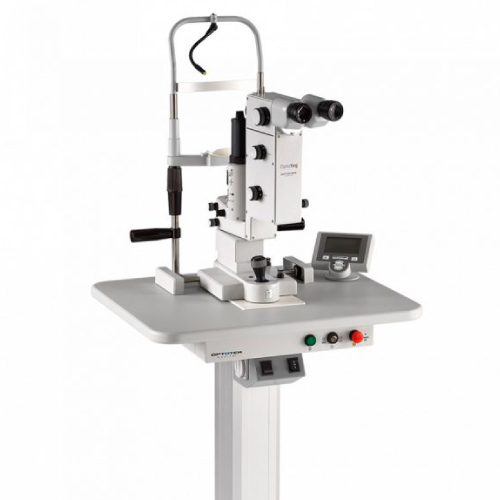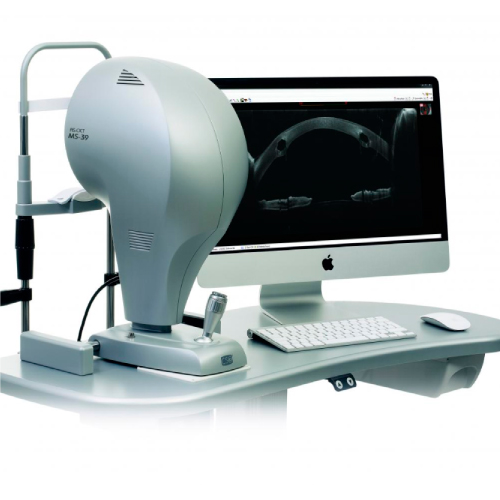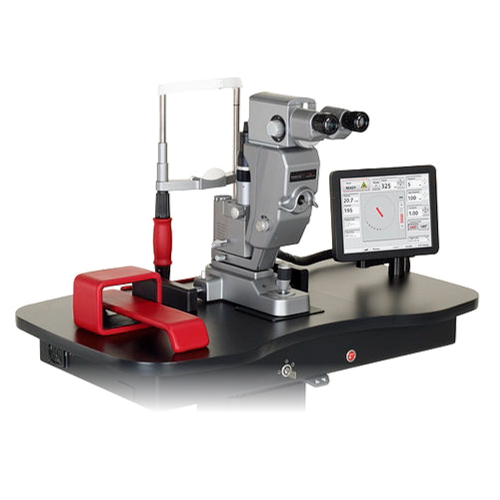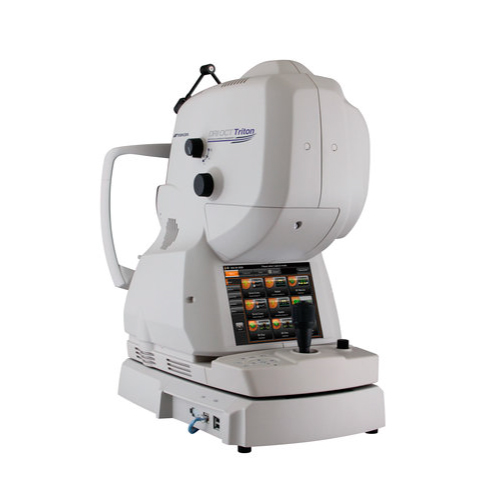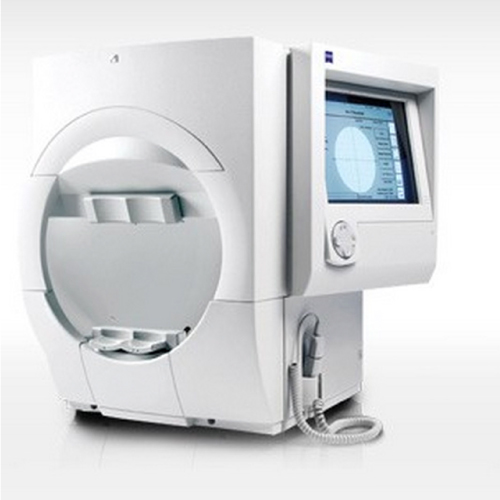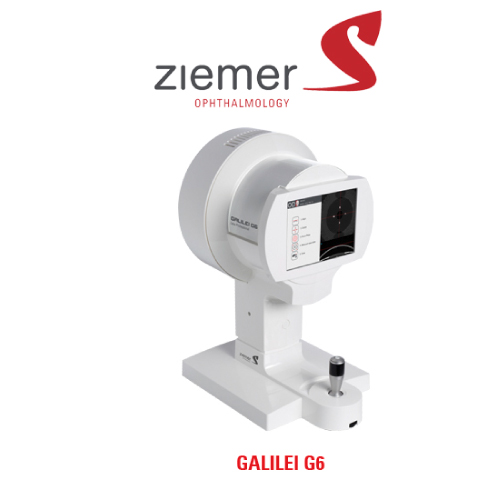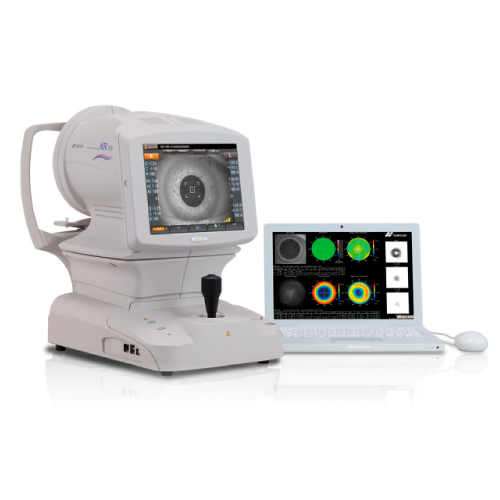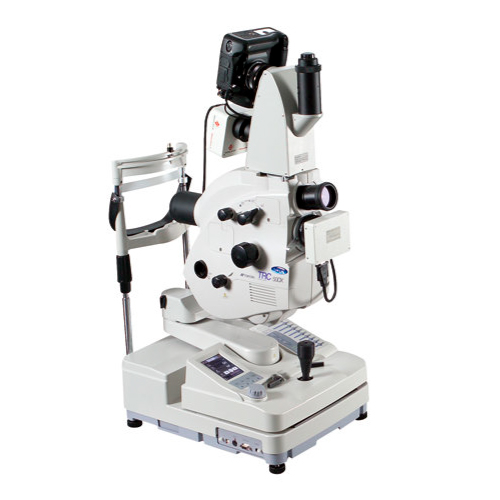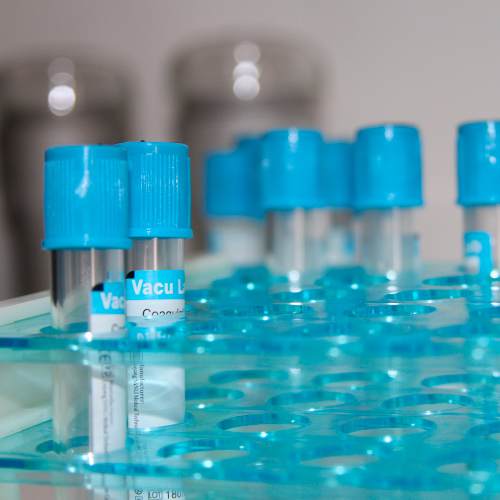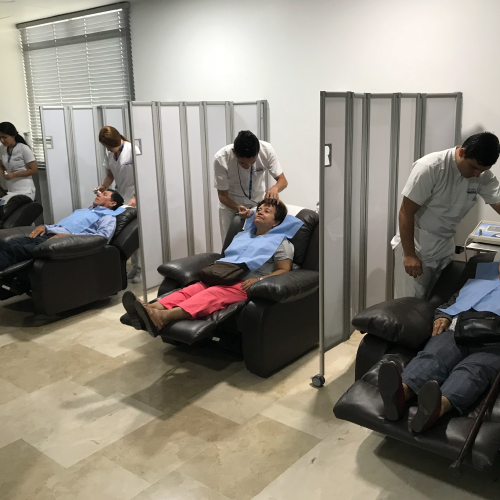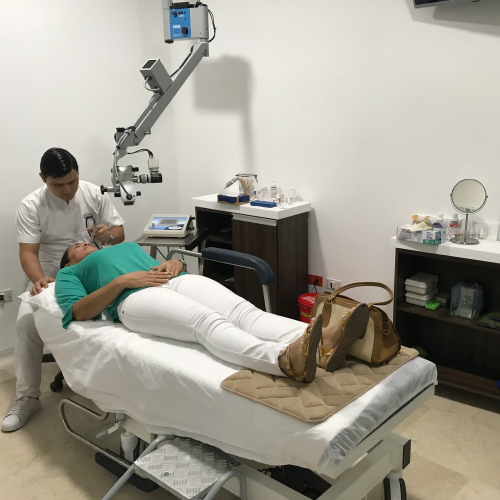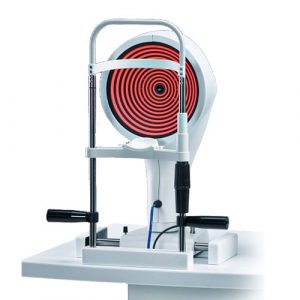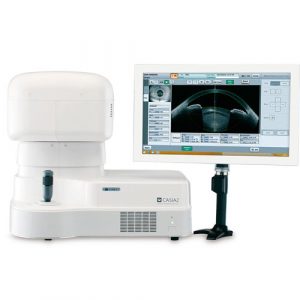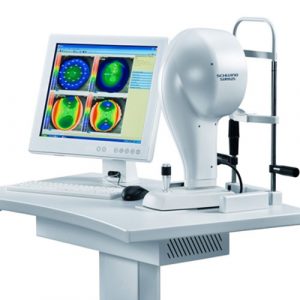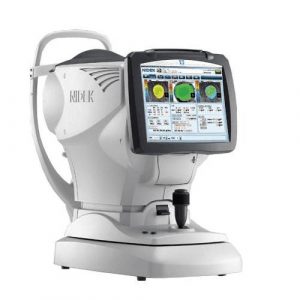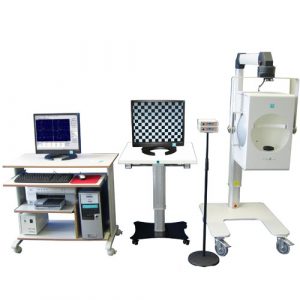Advanced Technology Ophthalmology Center
Technology is the most important medical tool in the field of ophthalmology. That is why at the Advanced Technology Ophthalmological Center, called COTA, we have the latest technological equipment for diagnostic tests that help us make an accurate diagnosis for subsequent treatments or surgical and therapeutic procedures.
At COTA we use state-of-the-art diagnostic tools and are committed to early diagnosis, a concept of vital importance for the recovery of the patient's visual health.
Among the diagnostic support tests that we perform we have the following:
The study of corneal aberrations has multiple uses in ophthalmology: among others, the study of the optical quality of the normal and pathological cornea, the choice of intraocular lenses based on the corneal spherical aberration and the application of personalized laser treatments. excimer guided by corneal aberrometry.
The equipment we use is:
Peramis – SCHWIND
KR1W – TOPCON

